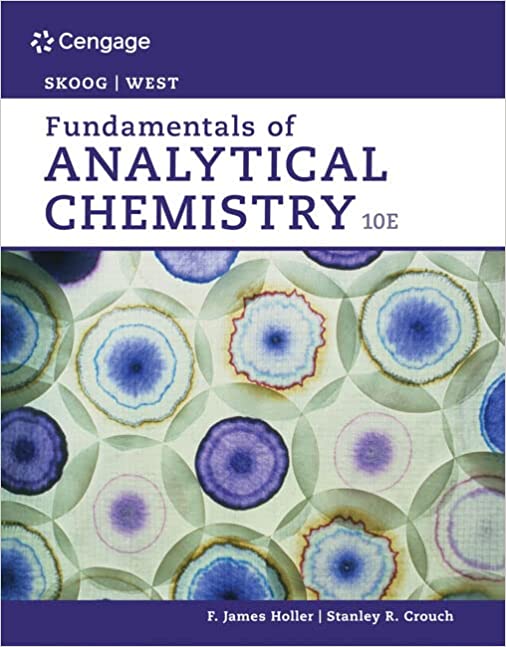Determination of water total hardness by complexometric titration
general remarks
Water hardness is a measure of the amount of calcium and magnesium salts dissolved in water. There are no health hazards associated with water hardness, however, hard water causes scale, as well as the reduced lathering of soaps. Hard water should be not used for washing (it reduces effectiveness of detergents) nor in water heaters and kitchen appliances like coffee makers (that can be destroyed by scale). It is also not good for fish tanks. In general, there are many applications where ability to easily determine water hardness is very important.
Complexometric titration is one of the best ways of measuring total water hardness. At pH around 10 EDTA easily reacts with both calcium and magnesium in the same molar ratio (1:1). Stability constant of calcium complex is a little bit higher, so calcium reacts first, magnesium later. Thus, for the end point, we should use the same indicator we use when titrating magnesium - that is Eriochrome Black T. In the case of water that doesn't contain magnesium at all, to be able to detect end point we should add small amount of magnesium complex MgEDTA2+. Magnesium will be displaced by identical amount of calcium, and it will be titrated later, not changing final result. However, this is a very rare situation.
If solutions contains carbonates, they should be removed as they can interfere with end point detection. To do so we can acidify the solution with hydrochloric acid, boil it, and then neutralize with ammonia. Small excess of ammonia doesn't hurt, as we finally add ammonia buffer and change of pH by several tenths is not a problem.
reaction
Reactions taking place during titration are
Ca2+ + EDTA4- → CaEDTA2-
and
Mg2+ + EDTA4- → MgEDTA2-
sample size
For 0.01 M titrant and assuming 50 mL burette, aliquot taken for titration should contain about 0.35-0.45 millimoles of magnesium and calcium together. Depending on the water hardness we may use more concentrated or more diluted titrant.
end point detection
As it was explained above, calcium is complexed first, so to detect end point we can use indicator used for detection of end point of magnesium titration. That means Eriochrome Black T.
solutions used
To perform titration we will need titrant - 0.01 M EDTA solution and ammonia pH 10.0 buffer. We will also need indicator - either in the form of solution, or ground with NaCl - 100 mg of indicator plus 20 g of analytical grade NaCl.
procedure
- Transfer exactly 50 mL of water to 250 mL Erlenmayer flask.
- Acidify the solution with hydrochloric acid.
- Bring to boil, cool down.
- Alkalize with ammonia.
- Filter solution through filter paper.
- Add 1 ml of pH 10 ammonia buffer.
- Add 3 drops of Eriochrome Black T solution or pinch of Eriochrome Black T ground with NaCl.
- Titrate with 0.01M EDTA solution till color changes from violet to blue.
result calculation
As water hardness is usually reported in terms of mg/L of calcium carbonate (even if water contains both calcium and magnesium), we will use for calculations slightly strange reaction equation:
CaCO3 + EDTA4- → CaEDTA2- + CO32-
That allows direct calculation of calcium carbonate mass for known amount of titrant used.
To calculate water hardness use EBAS - stoichiometry calculator. Download determination of water hardness reaction file, open it with the free trial version of the stoichiometry calculator.
Click button above EDTA4+ in the input frame, enter volume and concentration of the titrant used. Click button. Read mass of calcium carbonate in the titrated sample in the output frame.
sources of errors
In general this is a simple titration, with no other problems then those listed as general sources of titration errors. The most likely problem is spotting the end point, which is not always sharp.





